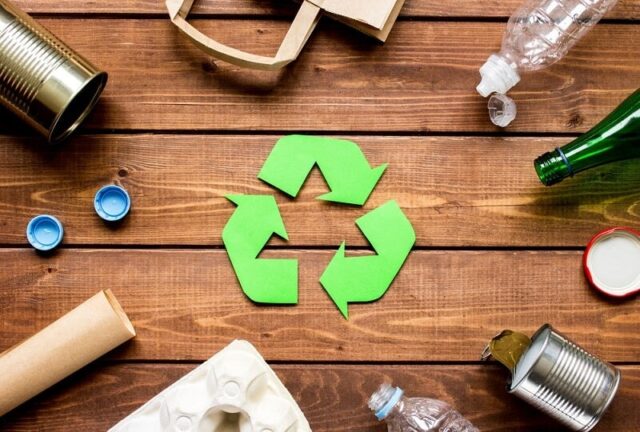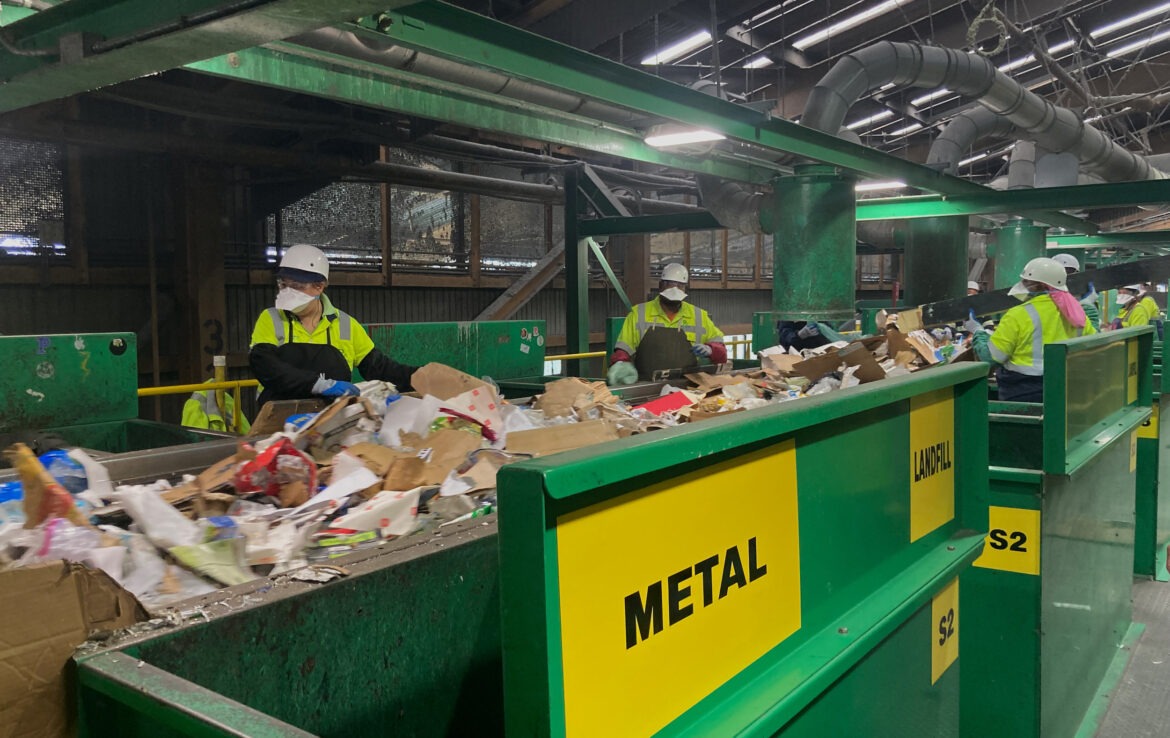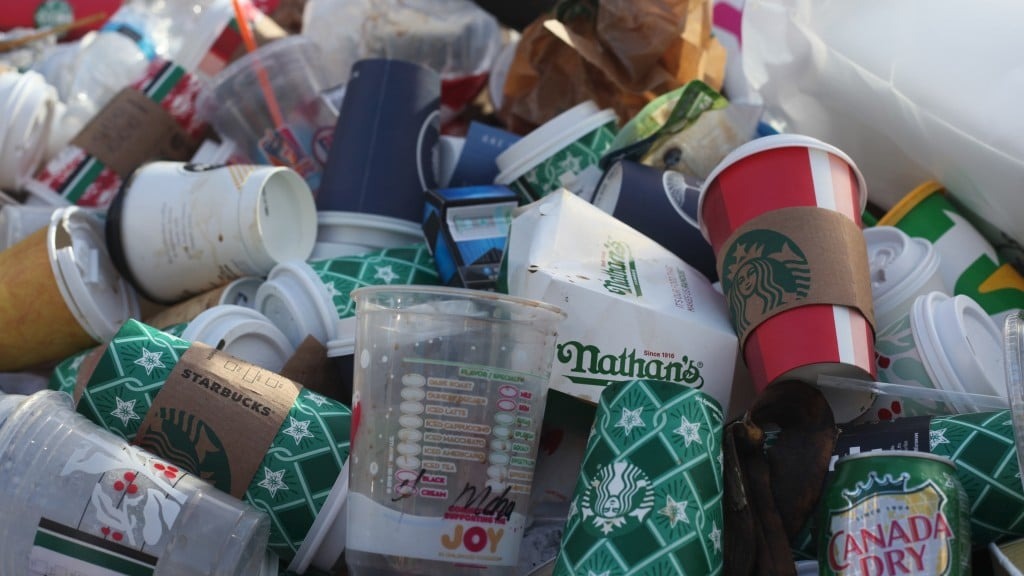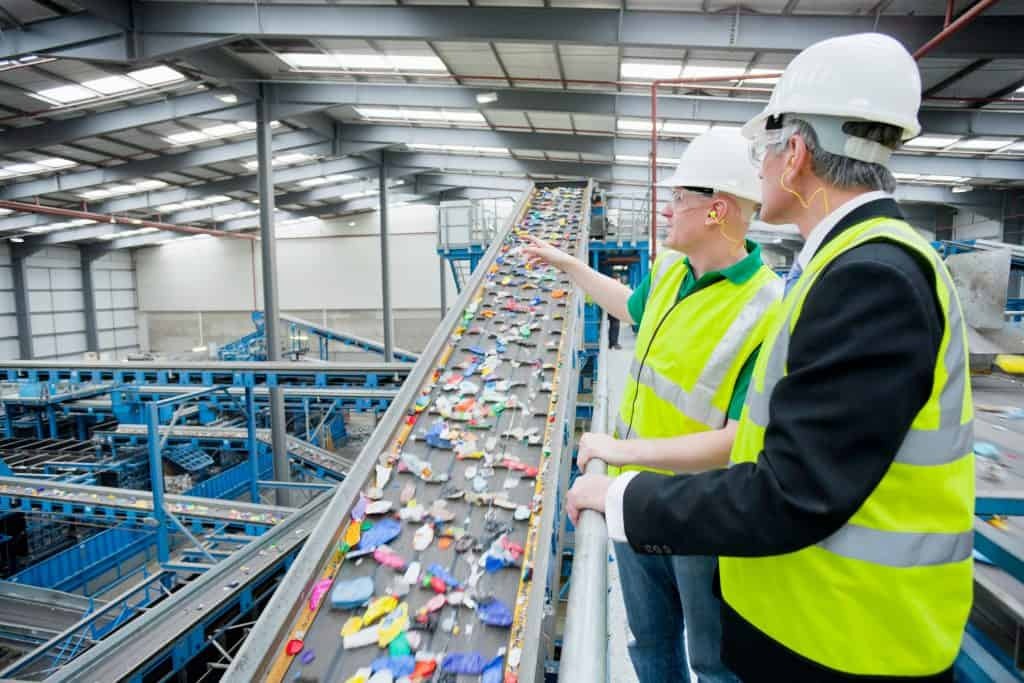
I was born in the mid-60s. My first introduction to curbside recycling came in the mid-70s by way of a social studies teacher who thought it was her job to teach us about the environment rather than sticking with history and geography. Nonetheless, I remember deciding early on that recycling was important.
Some 25 years later I finally came to the realization that curbside recycling wasn’t working. How I figured it out was more of an accident than anything else. I was at work, minding my own business, when the truth of it all slapped me in the face.
Delivering to a Sorting Center

My job at the time was delivering coffee and bottled water to local businesses. One particular day, I was filling in for another driver who had called in sick. One of his regular stops was a local sorting facility where recyclable materials were dropped off prior to being shipped to their final destinations. What I saw at that sorting facility changed everything.
I witnessed large piles of trash on the facility floor. All the materials were supposed to be recyclable, mind you. In reality, they weren’t. Recyclable paper, glass, and plastic were mixed with trash of all sorts.
Buckets full of the stuff were being loaded onto conveyor belts and sent down a line of human workers doing their best to pick out what was good and allow the rest to be disposed of. What fell off the conveyor on the other end was scooped up and put into a dumpster.
Destined for the Landfill
Inquiring minds want to know. Right? Absolutely. So I asked a couple of the workers what was going on. They told me that any loads that came in too contaminated to deal with were ultimately sent to the landfill. Then they laid the dirty little secret on me: that was most of the loads. They estimated that more than 90% of the material they received on a daily basis came in the front door and went right out the back door on the way to the landfill.
A couple of years later, my company landed the contract for coffee and water deliveries to the county landfill. Guess who got the stop? Me. I discovered on my very first delivery that the city guys weren’t lying to me. I saw city trucks from the sorting facility dropping off loads of trash complete with what were supposed to be recyclable materials.
It Doesn’t Have to Be This Way
I learned from those two experiences that curbside recycling doesn’t work. That was in the late 90s and early 2000s. Nothing has changed since. Curbside recycling still does not work, though it doesn’t have to be that way.
Down in Tennessee, a company known as Seraphim Plastics obtains industrial plastic waste and turns it into a regrind product they sell to manufacturers. The company is essentially recycling industrial scrap that would otherwise end up in a landfill or incinerator. Other companies around the country do the same thing.
In fairness, companies can successfully recycle plastic because they do not have to worry about sorting and cleaning. That is the significant difference between industrial and municipal plastic recycling. But what if we applied the industrial model to postconsumer plastics? Could we recycle them effectively? Absolutely.
Curbside recycling was an earnest attempt to reduce the amount of trash we put into landfills. But it was destined to fail because the process established to facilitate it is both inefficient and costly. Make it less costly and more efficient and you have something.
Exploration of Alternative Recycling Models

In our continuous journey to find more effective methods, I’ve come across several alternative models that are making a real difference.
One of these is the bottle return system, where you get a refund for returning empty containers. This approach not only motivates us to recycle but also ensures a higher rate of material recovery.
I’ve also seen the impact of community composting and electronics recycling programs which focus on specific waste types, making the process more manageable and efficient. By embracing these alternative methods, we can tackle the challenges of traditional curbside recycling and achieve better resource management.
Community Engagement and Education
I firmly believe that the success of recycling initiatives heavily relies on our engagement and education. We must participate actively in our local community’s efforts. This means getting involved in educational campaigns to understand the importance of this process and learning the right way to separate waste.
When we, as a community, are involved and informed, we significantly reduce contamination and enhance the effectiveness of these processes. Our collective action and knowledge can be a powerful force in the pursuit of sustainable waste management.
Technological Advancements in Recycling

The advancements in technology have been a game-changer. I’m particularly fascinated by how AI-powered sorting systems have revolutionized material separation in facilities, making the process much more efficient than traditional methods.
Moreover, the development of new machinery and techniques has enabled us to recycle materials previously deemed non-recyclable.
These technological innovations not only streamline recycling processes but also pave the way for new possibilities in waste management, contributing to a greener future.
Government Policies and Regulations
I’ve come to realize how crucial government policies and regulations are in shaping effective practices. Programs like extended producer responsibility (EPR) hold manufacturers accountable for their products’ end-of-life, prompting them to design with recyclability in mind.
Mandatory recycling targets and regulations also play a key role in encouraging us all to participate more actively in recycling. Additionally, governmental incentives and investments in infrastructure are essential for supporting these efforts and ensuring adherence to environmental standards.
Consumer Responsibility in Recycling
At the core of successful recycling is our role as consumers. Our individual responsibility in the whole process is paramount.
By adopting good habits like proper sorting and reducing waste, we can make a significant impact. Educating ourselves on local guidelines and making mindful purchasing decisions are also vital steps.
When we commit to conscientious recycling practices, we not only enhance the efficiency of the process but also cultivate a culture of environmental stewardship. Every small effort we make contributes to the broader goal of sustainable waste management and the protection of our environment.












